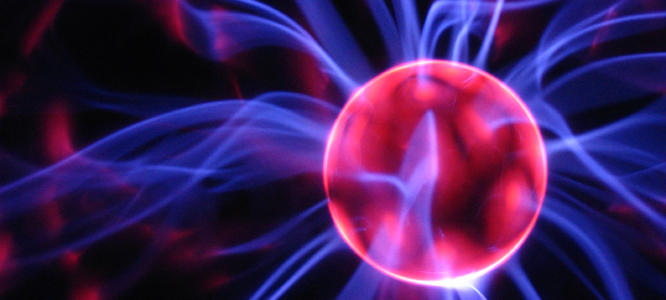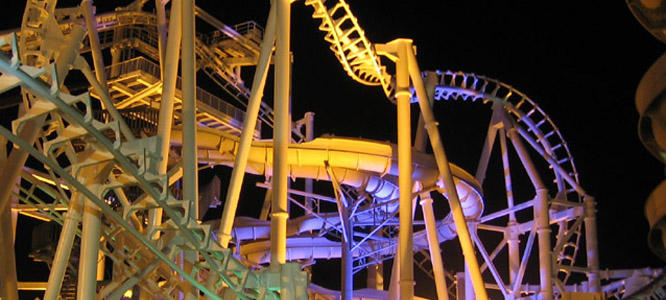Electrons are strange and unusual little fellows. Strange things happen when too many or too few of the little fellows get together. Some things may be attracted to other things or some things may push other things away. Occasionally you may see a spark of light and sound. The light and sound may be quite small or may be as large as a bolt of lightning. When electrons gather, strange things happen. Those strange things are static electricity. Now that you’ve spent a few lessons learning about the strange world of the atom (Unit 3 & Unit 8), it’s time to play with them.
A Note about Safety
A lot of folks get nervous around electricity. You can't always 'see' what's going on (will I get a shock when I touch that?), and many people have a certain level of fear around anything electrical in general. I mean, electrons are small, and you can't see electricity, but you can certainly see its effects (like with blenders, door bells, and alarm clocks).Electricity is predictable. The voltages and amperage we're working with in the unit are way below the "caution" limit, and the batteries we recommend won't leak acid if your kids connect them the wrong way. (And you should expect them to short-circuit things - it's part of the learning process.) I am going to help you set up a safe learning environment so your kids are free to experiment without you losing sleep over it.
I'm going to walk you through every step of the way, and leave you to observe the reactions and write down what you notice. We'll learn how to turn on electrical components, like buzzers and motors, and then I'll show you how to connect them together to build robots. It's not enough just to learn about these ideas - you have to use them in a way that's useful (and practical). That's when the learning really sticks to their brain.
One of the best things you can do with this unit is to take notes in a journal as you go. Snap photos of yourself doing the actual experiment and paste them in alongside your drawing of your experimental setup. This is the same way scientists document their own findings, and it's a lot of fun to look back at the splattered pages later on and see how far you've come. I always jot down my questions that didn't get answered with the experiment across the top of the page so I can research it more later. Are you ready to get started?



